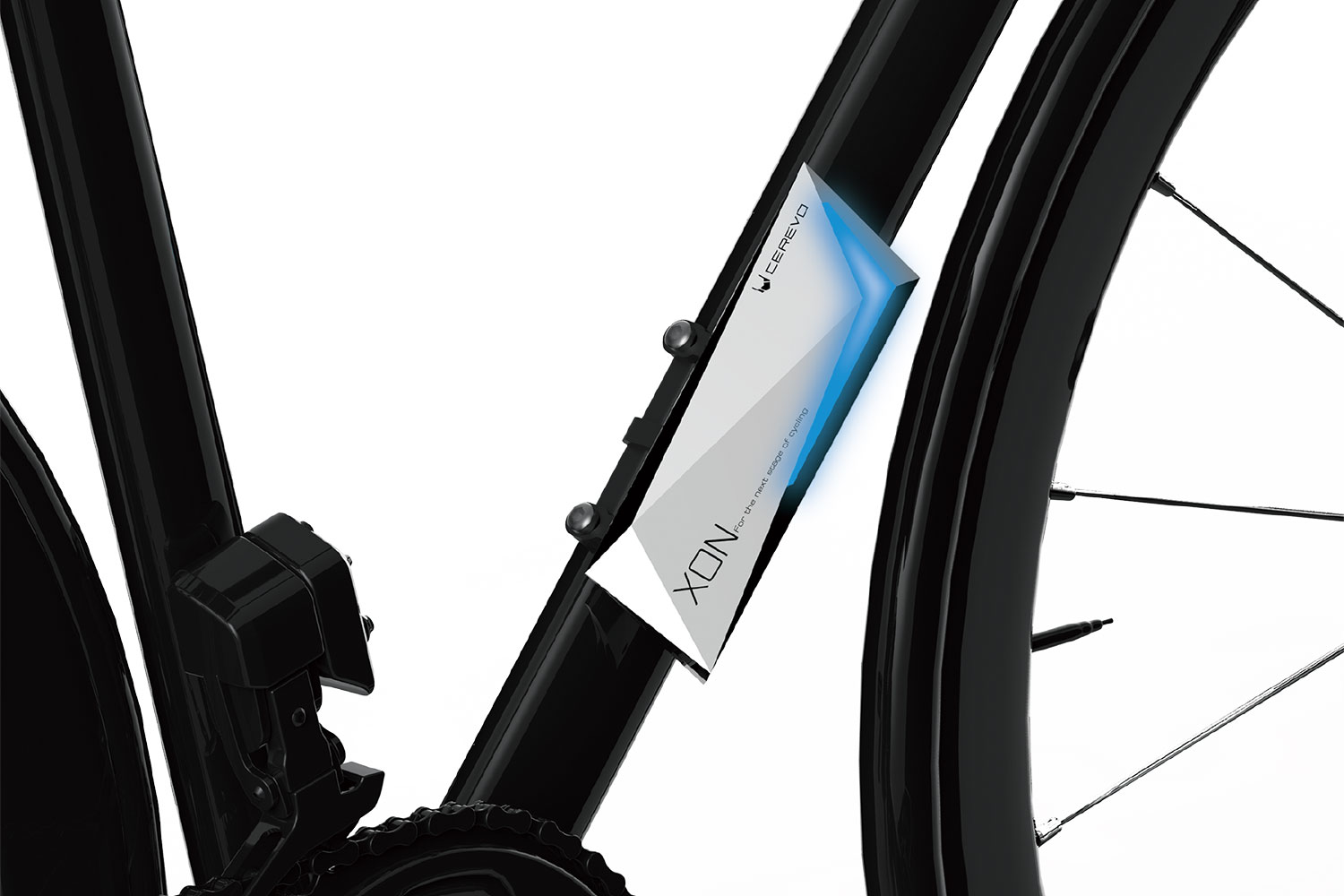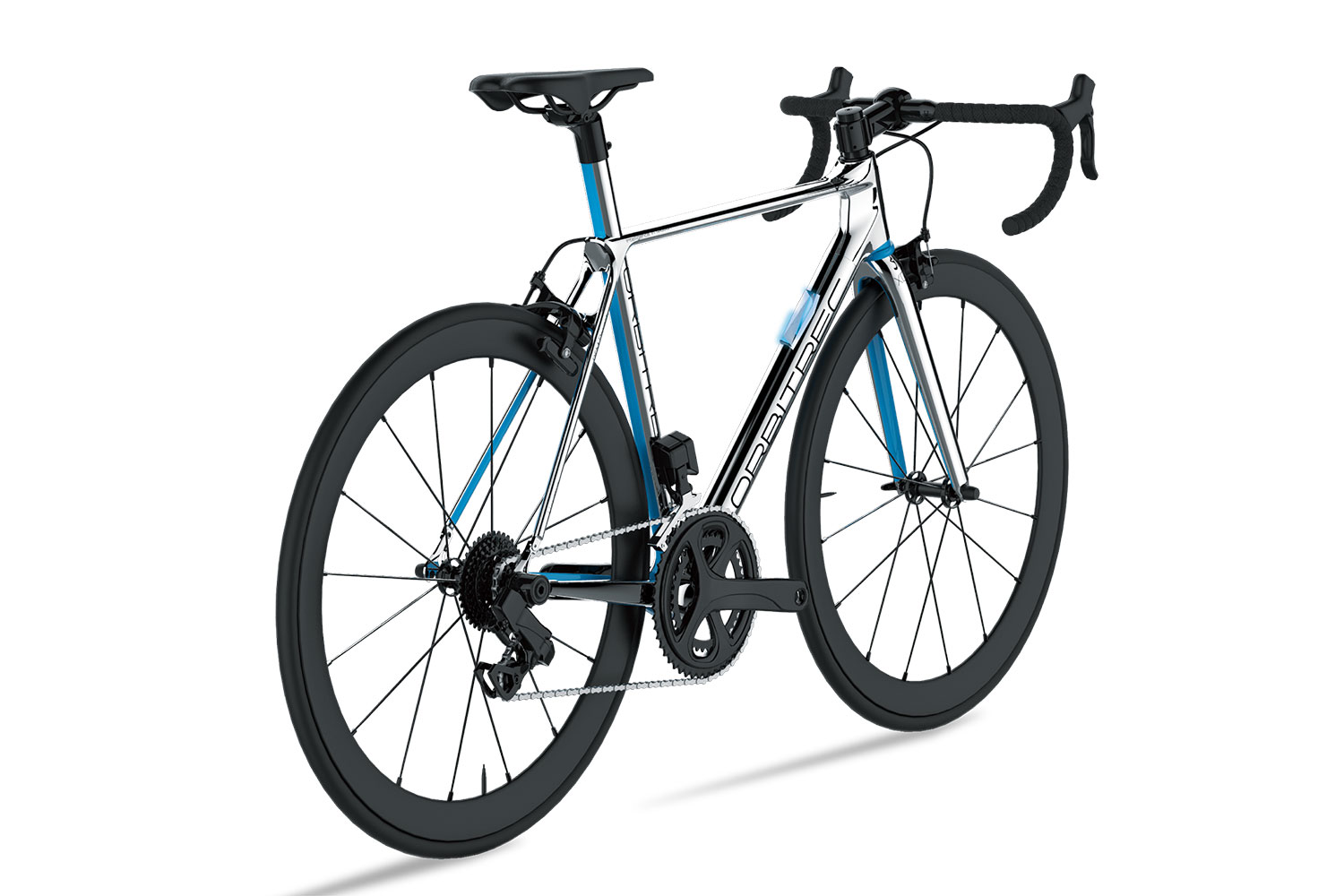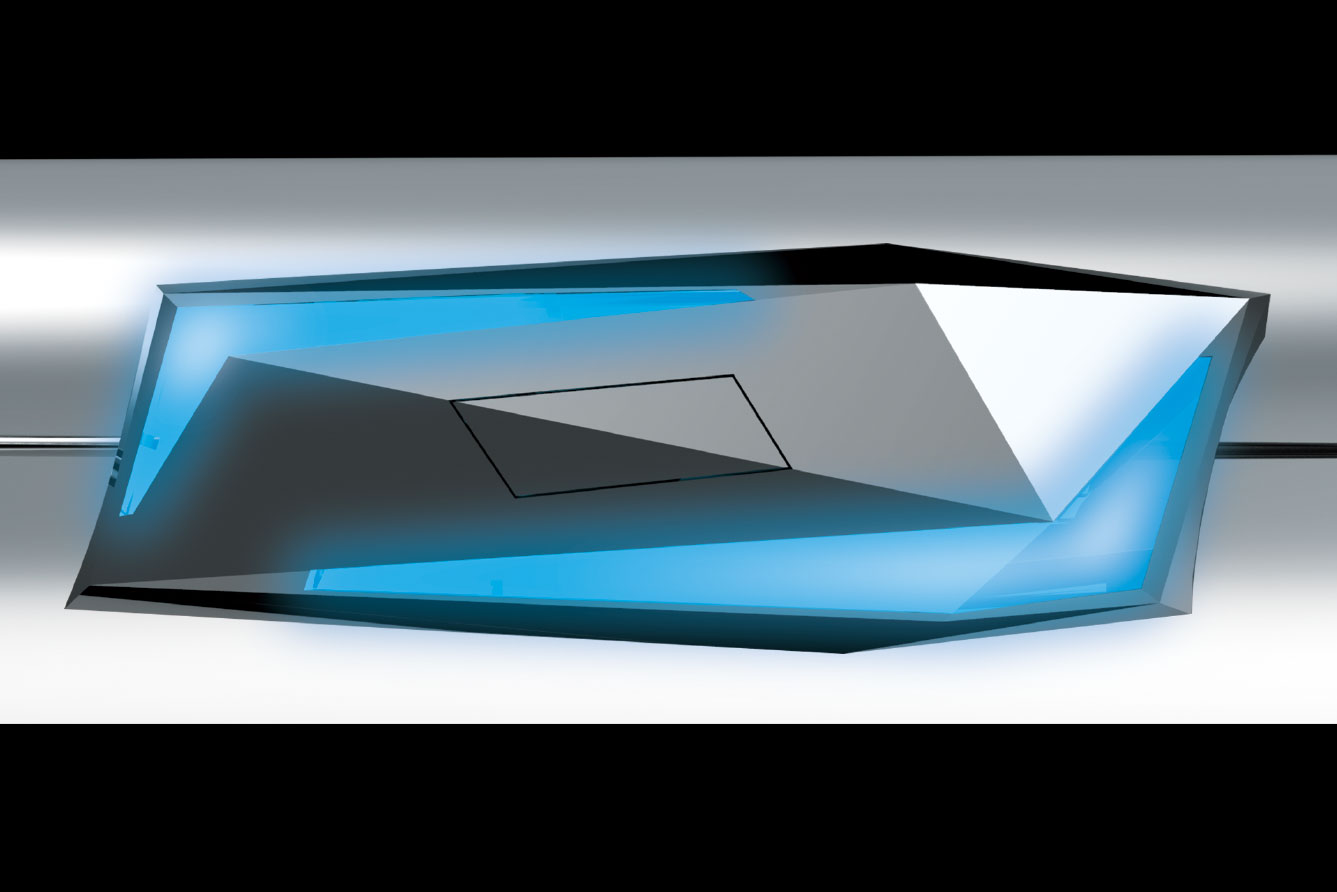Though tracking systems geared towards improving one’s riding style aren’t entirely new, Cerevo’s inclusion of the tech built-in to a 3D-printed bike is definitively innovative. Initially, the company works with prospective users to manufacture a sintered titanium and carbon-fiber frame which perfectly fits their preferred riding style. Each lightweight frame is 3D-printed based on these preferences (with production completed in under a month) and is perfect for either a professional or casual rider.
During the 3D-printing process, Cerevo builds an array of sensors into the frames themselves aimed at allowing for the sending and receiving of information while riding. This information is later compiled into logs and analyzed in the cloud to assist riders with improvements or adjustments. Moreover, both the ORBITREC and RIDE-1 sensors are compatible with a relative smartphone application which allows quick access to data once synced with the bike.
Tech-wise, both products boast a 9-axis accelerometer, angular velocity, and geomagnetism sensor, in addition to temperature, humidity, atmosphere, and illumination sensors. The sum of these parts offers users exact riding locations and velocity, as well as their lean and impact status related to the bike’s frame. Combined with the bike’s built-in GPS function, ride logs are easily recorded and stored for quick access and viewing.
Cerevo also includes Bluetooth (4.1) and ANT+ connectivity to either the ORBITREC or RIDE-1 clip-on, giving riders increased connectivity to a wide range of devices or services. What this means is that if someone connects their bike to a compatible smartphone, riders have the ability to set their lights up to automatically turn on when it gets darker, to send an SMS text to a friend in the event of a crash, or to change the bike’s suspension depending on ride location. It can even alert riders of upcoming road conditions or potential changes and threats to a planned route.

Additional specifications of the ORBITREC and RIDE-1 released by Cerevo show each uses a USB port for charging, boasts 15 hours of power, and is compatible with iPhones running iOS 8.3 or later. While the bike ranges in size depending on the rider, the RIDE-1 clip-on measures in at roughly six inches in length and just under two inches in width. Based on these dimensions, it figures to be a fairly inconspicuous addition to any bike frame, regardless of style or size.
The RIDE-1 clip-on module and ORBITREC feature the same exact included sensors, and the difference between the two lies primarily with price. Those interested in the 3D-printed titanium and carbon fiber frame should expect to pay upwards of $7,000 for their own ORBITREC while those interested in the RIDE-1 sensor can, of course, reasonably expect to pay much, much less. Though no exact prices were given (the spec-sheet says “unfixed”), Cerevo does anticipate launching both products by the spring of 2016 meaning official pricing shouldn’t be far off.






